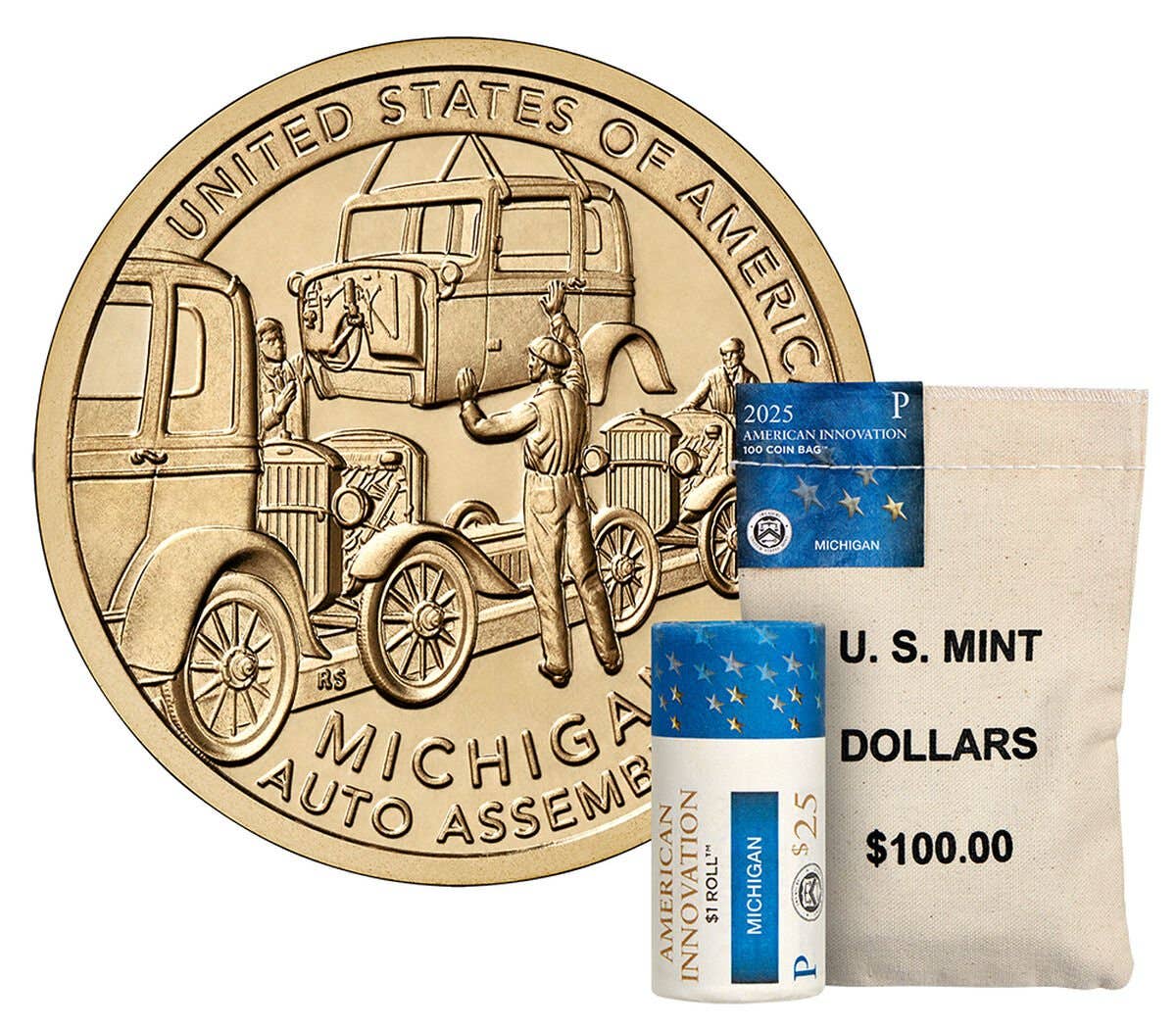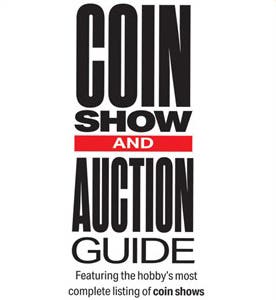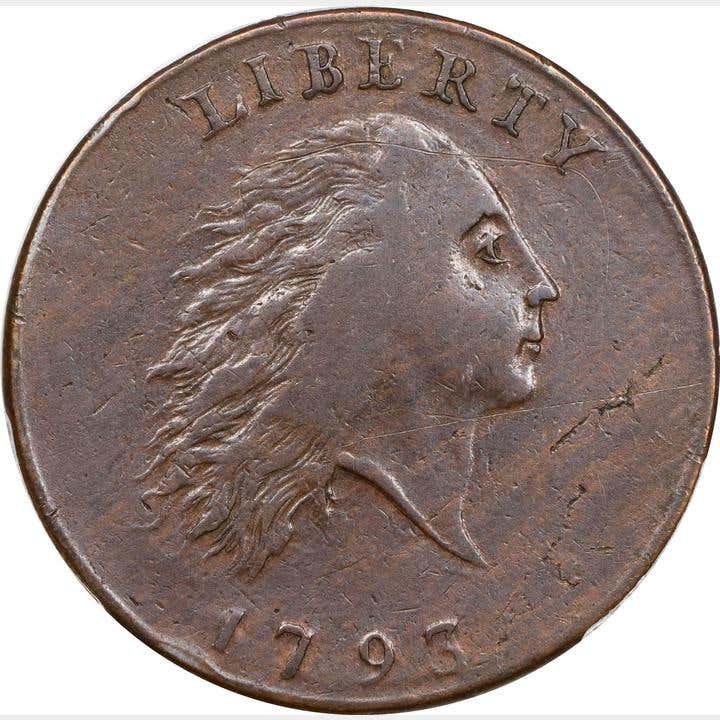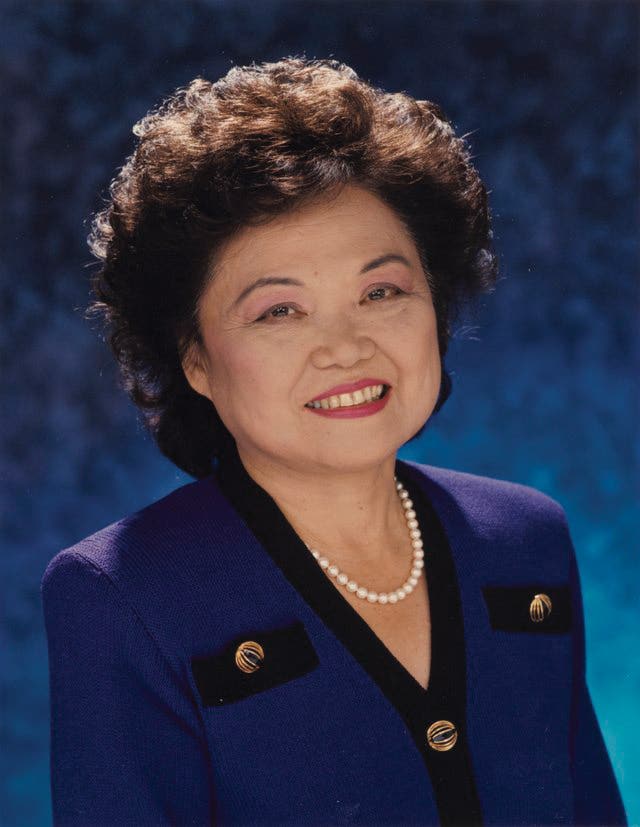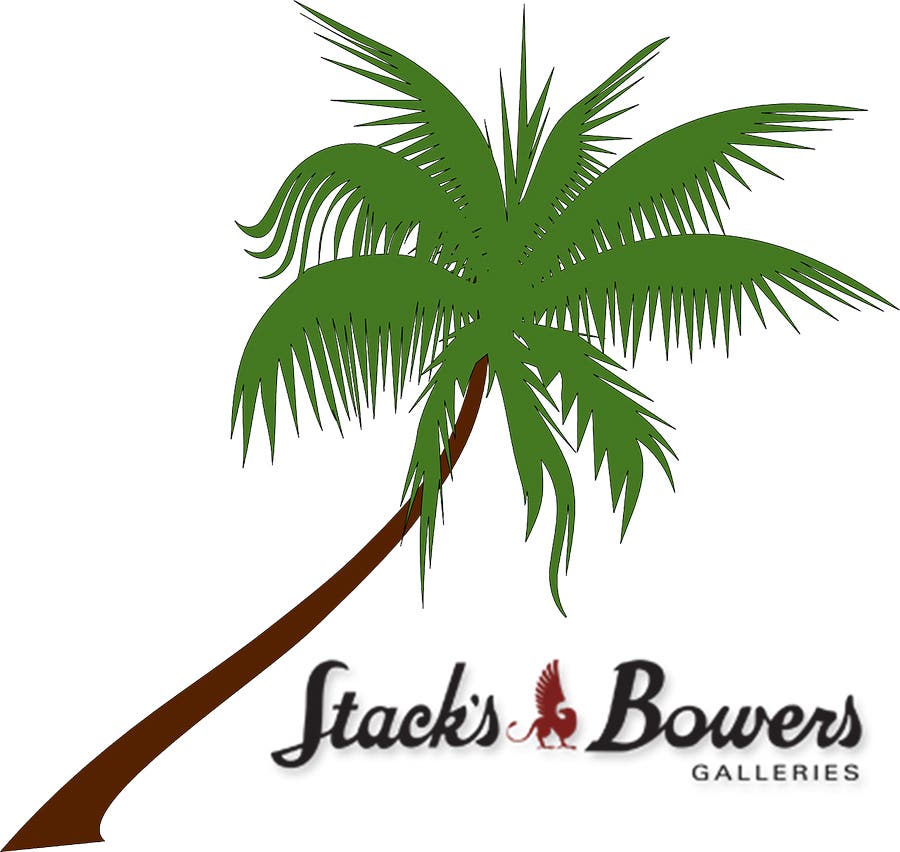Ghost Army Designs Considered
The Citizens Coinage Advisory Committee (CCAC) met via teleconference Nov. 15 to review and discuss candidate designs for the Congressional Gold Medal honoring The Ghost Army. The CCAC advises the…
The Citizens Coinage Advisory Committee (CCAC) met via teleconference Nov. 15 to review and discuss candidate designs for the Congressional Gold Medal honoring The Ghost Army.
The CCAC advises the Secretary of the Treasury on any theme or design proposals relating to circulating coinage, bullion coinage, commemorative coins, Congressional gold medals, and national and other medals.
The 23rd Headquarters Special Troops and the 3133rd Signal Service Company, known collectively as The Ghost Army, were U.S. Army tactical deception units that deceived the German army on the battlefields of Europe during WWII, saving thousands of lives and making a significant contribution to Allied victory. The Ghost Army was unique in the variety of media employed and its ability to portray the size and movement of actual units.
The 23rd was by far the larger of the two units. From Normandy to the Rhine, the 1,100 men of this unit conjured up phony convoys, phantom divisions, and make-believe headquarters to fool Hitler’s legions about the strength and location of American units. The 23rd staged more than 20 deception operations in France, Belgium, Luxembourg and Germany, often operating dangerously close to the front lines.
They employed four types of deception:
• Visual Deception: The 603rd Camouflage Engineers deployed an array of inflatable rubber tanks, trucks, artillery and other vehicles, as well as pyrotechnic displays, to create convincing deceptive tableaus for enemy observers. The 406th Combat Engineers assisted by using bulldozers to create phony tank tracks – they also handled the 23rd’s security.
• Sonic Deception: The 3132nd Signal Service company (sister unit to the 3133rd) played sound effects from powerful speakers mounted on halftracks to simulate the sounds of units moving and operating at night.
• Radio Deception: The Signal Company Special created phony traffic networks and sent fake messages to fool enemy intelligence officers listening in. They mastered the art of mimicking a real operator’s method of sending Morse code, so that the enemy would never catch on that the real unit and its radio operator were long gone.
• Special Effects: Soldiers carried out theatrics for the benefit of enemy spies left behind by the retreating Germans. They wore fake shoulder patches, rode in vehicles with fake bumper markings, pretended to “talk loose” at cafes, and even impersonated generals to make their deceptions more convincing.
The 200 men of the 3133rd Signal Service Company carried out sonic deception in Italy in the spring of 1945. It was equipped with 18 modified M10 tank destroyers (referred to as “slugs”) mounted with amplifiers and speakers. The unit joined in the Allied assault on the Gothic Line, Germany’s last line of defense in Italy, in April 1945. Operating in conjunction with a platoon of British engineers equipped with inflatable tanks, they conducted two successful deception missions in support of Operation CRAFTSMAN, simulating an armored build-up to draw German attention away from the real forces.
Today, U.S. Army Special Operations studies and takes inspiration from the wartime activities of these two units.
After considering submitted designs for the obverse of the medal, the CCAC ultimately voted for Obverse 3, which depicts the four main methods of subterfuge practiced by the Ghost Army. A telegrapher is shown keying a message in Morse code together with a soldier sewing a phony unity patch onto his uniform. In the background, a soldier stands alongside a half-track with a loudspeaker attached to it, and behind a group of soldiers carry an inflatable tank. The inscriptions are “THE GHOST ARMY” and “WORLD WAR II.”
It is also the preferred obverse design of The Ghost Army liaisons.
The inscriptions “Act of Congress” and the date will be added underneath “The Ghost Army.”
For the reverse design, the CCAC chose Reverse 5, which depicts the emblems of the 23rd Headquarters Special Troops and the 3133rd Signal Service Company. A narrative inscription fills the field, presenting the information like a telegraph transmission, the treatment of the text reinforcing the secretive nature of the Ghost Army’s Mission.
Reverse 5 is the preferred reverse design of the liaisons.
The Commission of Fine Arts (CFA), another advisory panel that makes design recommendations to the Secretary of the Treasury, chose Obverse 4, which depicts Ghost Army soldiers setting up inflatable tanks as German planes fly overhead. It includes the inscriptions “FRANCE –NORMANDY – BELGIUM – GERMANY – LUXEMBOURG” and “SAVING LIVES THROUGH DECEPTION.”
While recommending Obverse 4, CFA members understood that Obverse 3 was the preference of the liaisons, so if that design is selected, the committee recommended that the inscriptions be centered.
The CFA chose Reverse 5, the same design preferred by the CCAC and The Ghost Army liaisons.



